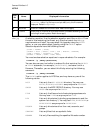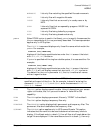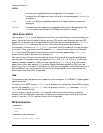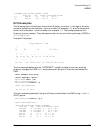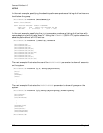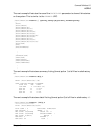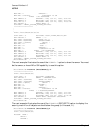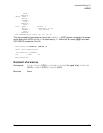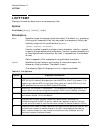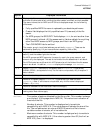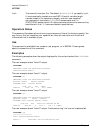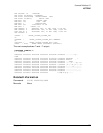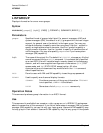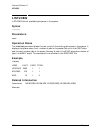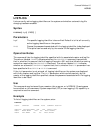
344 Chapter 5
Command Definitions L-O
LISTFTEMP
LISTFTEMP
Displays information about one or more temporary files.
Syntax
LISTFTEMP[ fileset][,listlevel][;listfile]
Parameters
fileset Specifies the set of temporary files to be listed. The default is @, producing
a listing of all temporary files. You may select the temporary file(s) to be
listed by using the fully qualified form for fileset:
filename[.groupname[.accountname]]
Use the # symbol to specify a single numeric character. Use the ? symbol
to specify a single alphanumeric character. Use the @ symbol to specify one
or more alphanumeric characters. By itself, @ represents all the members
of a set.
Refer to appendix G for examples of using wildcard characters.
listlevel Specifies the level (amount and format) of information about the
temporary file(s) you select. The default is zero.
The following Table 5-2 displays the listlevel options available.
Table 5-2 List Options
Option Displayed Information
−2 Displays the file's ACD (access control definition). System Managers can view the
ACD for any file. Account Managers can view the ACD for files in that account. File
creators can view the ACD for their files. Other users can view an ACD only if that
ACD specifies that the user has RACD (read ACD) access.
−1 Shows only the file label in hexadecimal. The hexadecimal display generated by this
format option only serves a diagnostic purpose in MPE/iX and is subject to change.
0 For each directory, this option displays PATH=The name of the file is displayed in a
multicolumn format. This is the default.
1 Displays the file name, file code, record size, record format, and other file
characteristics such as ASCII or binary records, carriage-control option, file type,
current end-of-file location, and the maximum number of records allowed in the file.
2 Displays the file name, file code, record size, file type, current end-of-file location, and
the maximum number of records allowed in the file. It also displays the blocking
factor, number of sectors in use, number of extents currently allocated, and the
maximum number of extents allowed.



